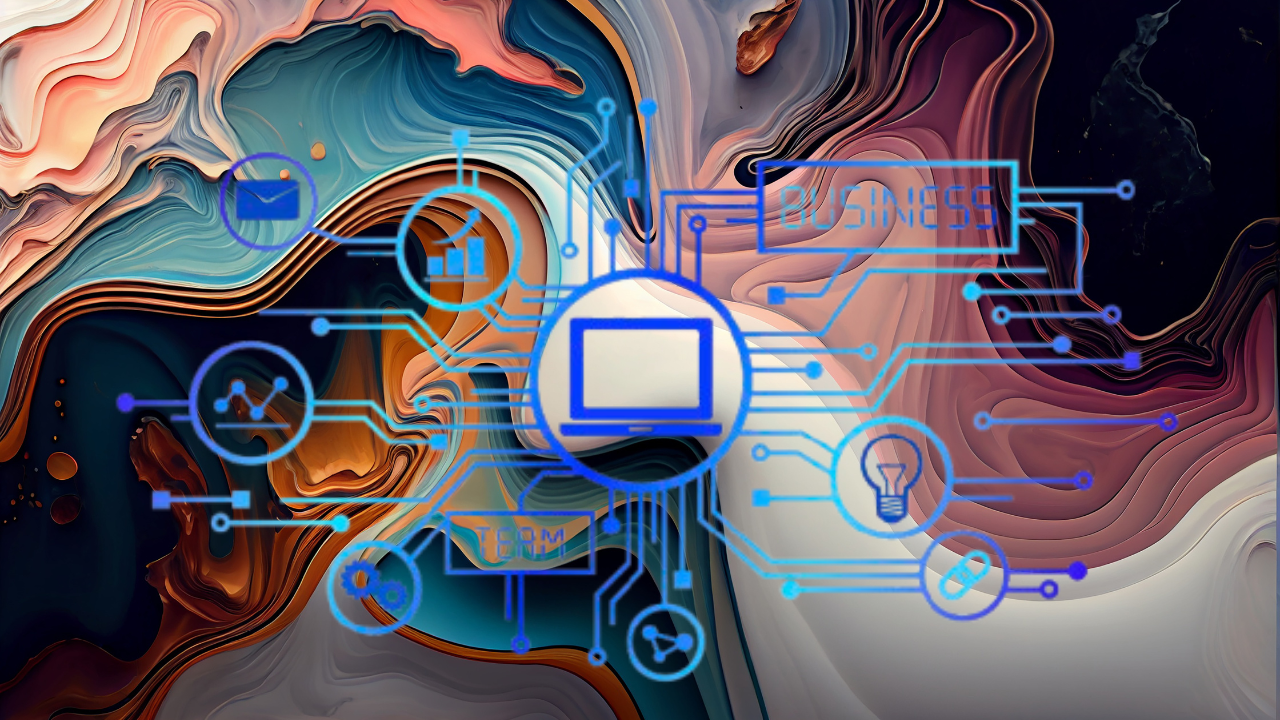The mainframe architectures and applications that were cutting-edge 30 or 40 years ago weren’t built to handle today’s demands. Mainframes can be inflexible, expensive to maintain, and they may not be able to scale to support the agility and data-driven decision-making your business needs in a cost-effective manner.
Modernization to more advanced architectural environments like cloud is becoming a strategic imperative, and next-gen tech like generative AI is making it easier to digitally transform and unlock new operational efficiencies and capabilities. However, modernization requires candid assessments of needs and capabilities; next-gen tools and technology; and a skilled, empowered workforce.
Where to start: Assess to inform strategy
Modernizing your mainframe starts with a candid assessment of your current state to align strategy with reality. Ask critical questions like
- Are our costs increasing disproportionately to business value being realized?
- Is our time-to-market slower because of our legacy tech debt?
- Do we know how our mission-critical systems work? And can they be replaced, sunset, or reimagined?
- What role will tools and tech play in our modernization strategy — especially next-gen tech?
This assessment shouldn’t be taken in an IT vacuum. Bring your business leaders, engineers, and even external experts into the conversation to help you clearly articulate needs and challenges. For example, at a minimum, you’ll need to map out dependencies, identify risks, and determine what modernization approaches and tools best fit your organization based on your business and IT objectives.
Go beyond the hype: Generative AI is the real deal
Part of the examination of next-gen technologies should include an evaluation of how generative AI — and AI more broadly — can help. Sure, gen AI is at peak hype right now, but it’s also one of the most helpful tools for modernization. In fact, a recent Deloitte study found that 67% of IT leaders are already investing in gen AI for modernization, and 75% of them are seeing increased value as a result.
Leveraging generative AI in your modernization effort can accelerate the process and help improve outcomes. Gen AI tools can help with code documentation, code analysis and co-piloting, and AI-enabled tools can assist with data migration, bug detection and fixes, and automation of manual tasks. Finally, using AI-powered predictive maintenance and security monitoring can improve system reliability and security — especially when it comes to predicting and detecting cyber threats.
In short, AI can drive higher operational efficiency, faster innovation, and increased ROI on IT investments — potentially leading to more satisfied customers and stakeholders and a stronger bottom line. One caveat: AI isn’t a panacea; it’s a tool, and like any tool, it only works if it’s used the right way— which is guided by humans with the business and contextual awareness to ensure that it’s functioning as anticipated. It often needs to be combined or augmented with other technology and products to be most effective.
Build a culture of empowerment
Humans also play a crucial role in modernization. Engineers and developers are the ones who will help make the transformation happen, so they need support. Digital transformation — facilitated by modernization — requires new skills, tools, and ways of thinking. So, your teams need the resources, training, and autonomy to learn and experiment. And, crucially, they need a culture where they feel empowered and at ease asking for assistance hurdling roadblocks.
As a leader, your role is to listen and act. If your IT team articulates a justifiable need for tools, training, or people, you should meet it. Bottom line, much of the success of your modernization effort hinges on supporting the teams who will execute it.
The path forward
If you want your organization to transform to stay competitive, innovative, and future-ready, struggling to accomplish that in a mainframe environment most likely won’t appease your stakeholders. To remain competitive in a world being changed by AI, modernization is the way forward. It’s not an easy path, but it’s one well worth taking. Organizations like yours have started this journey and modernized successfully. Remember, you don’t have to have all the answers right now, but you do need to start asking the right questions.

